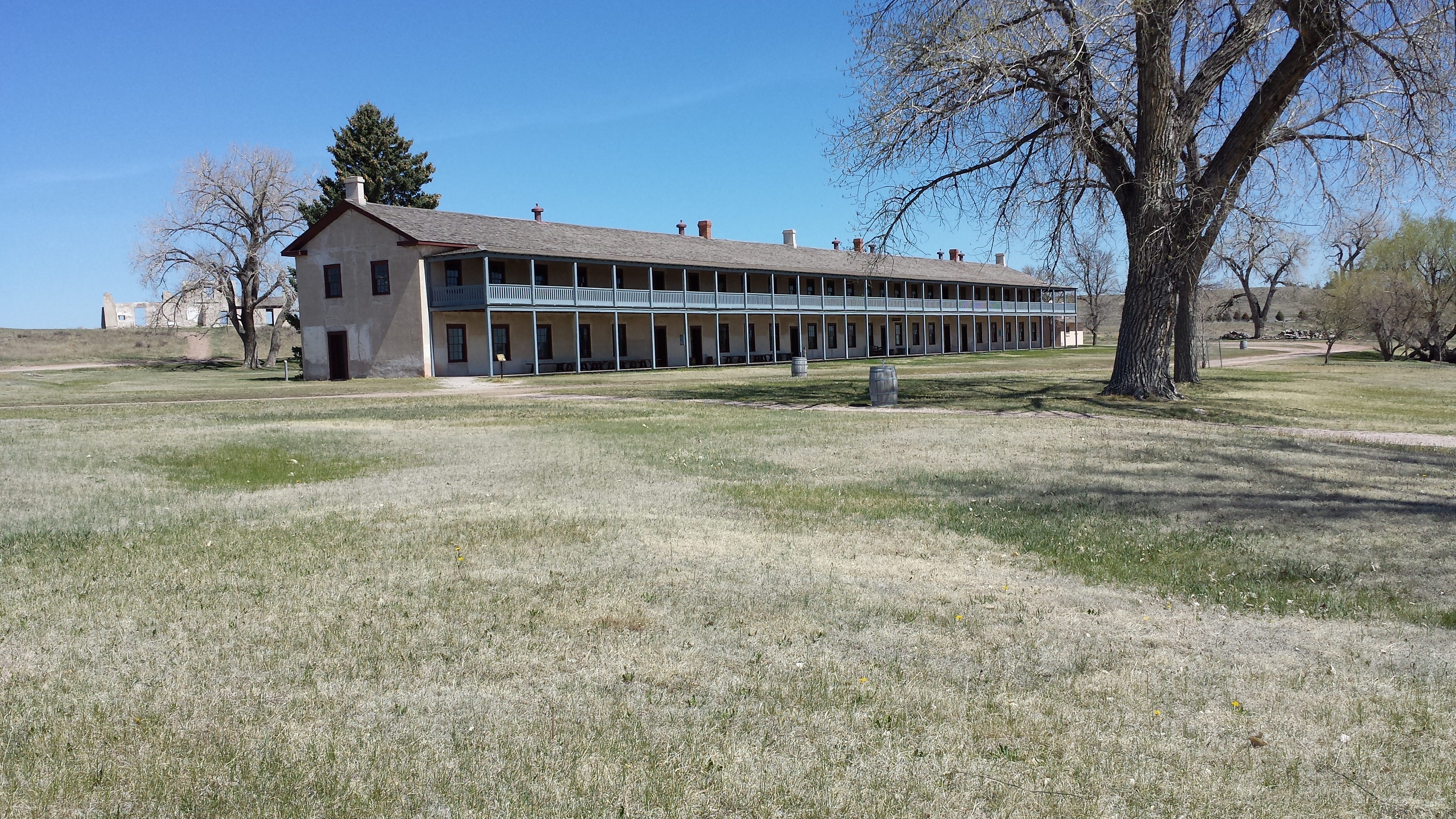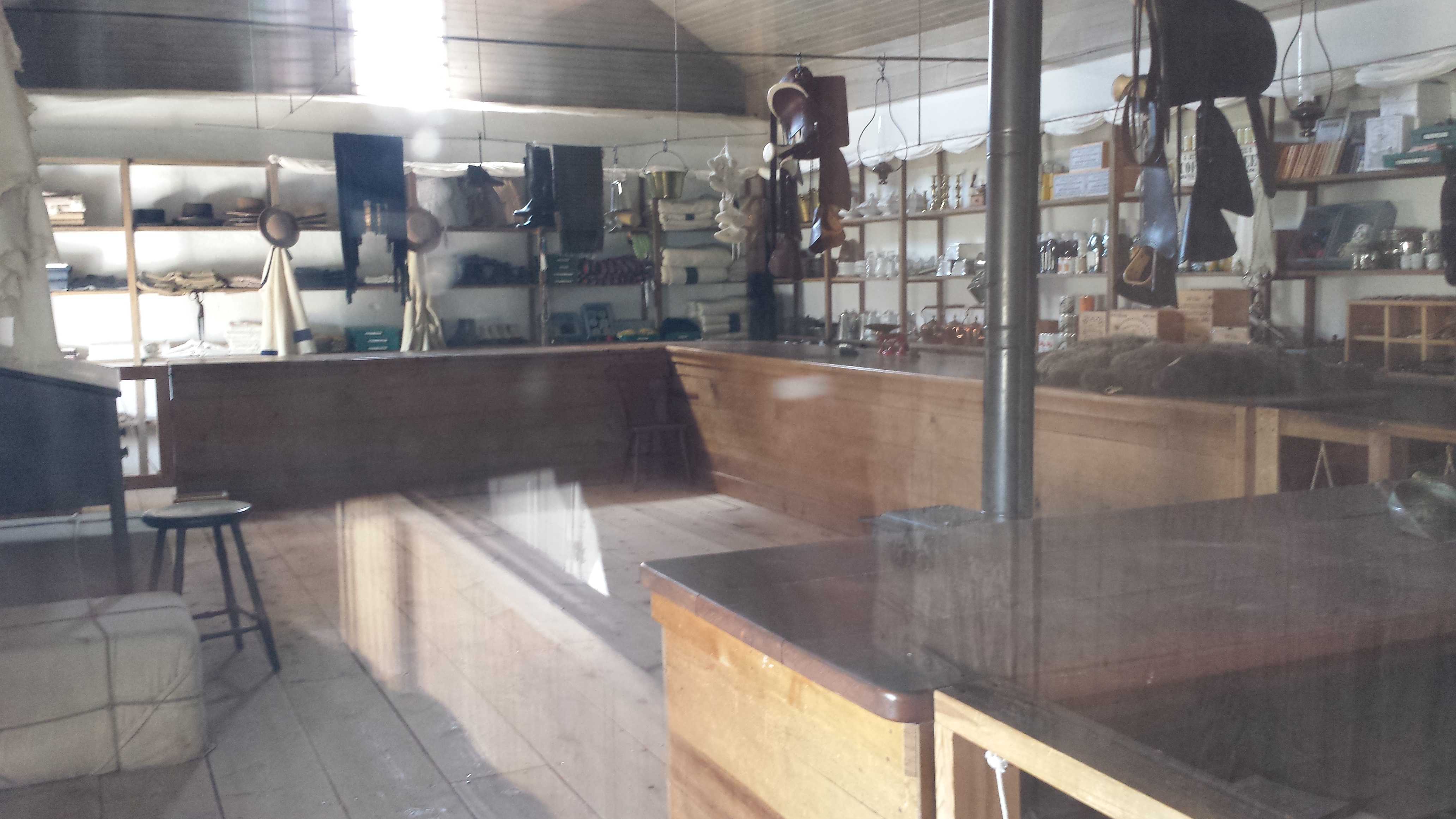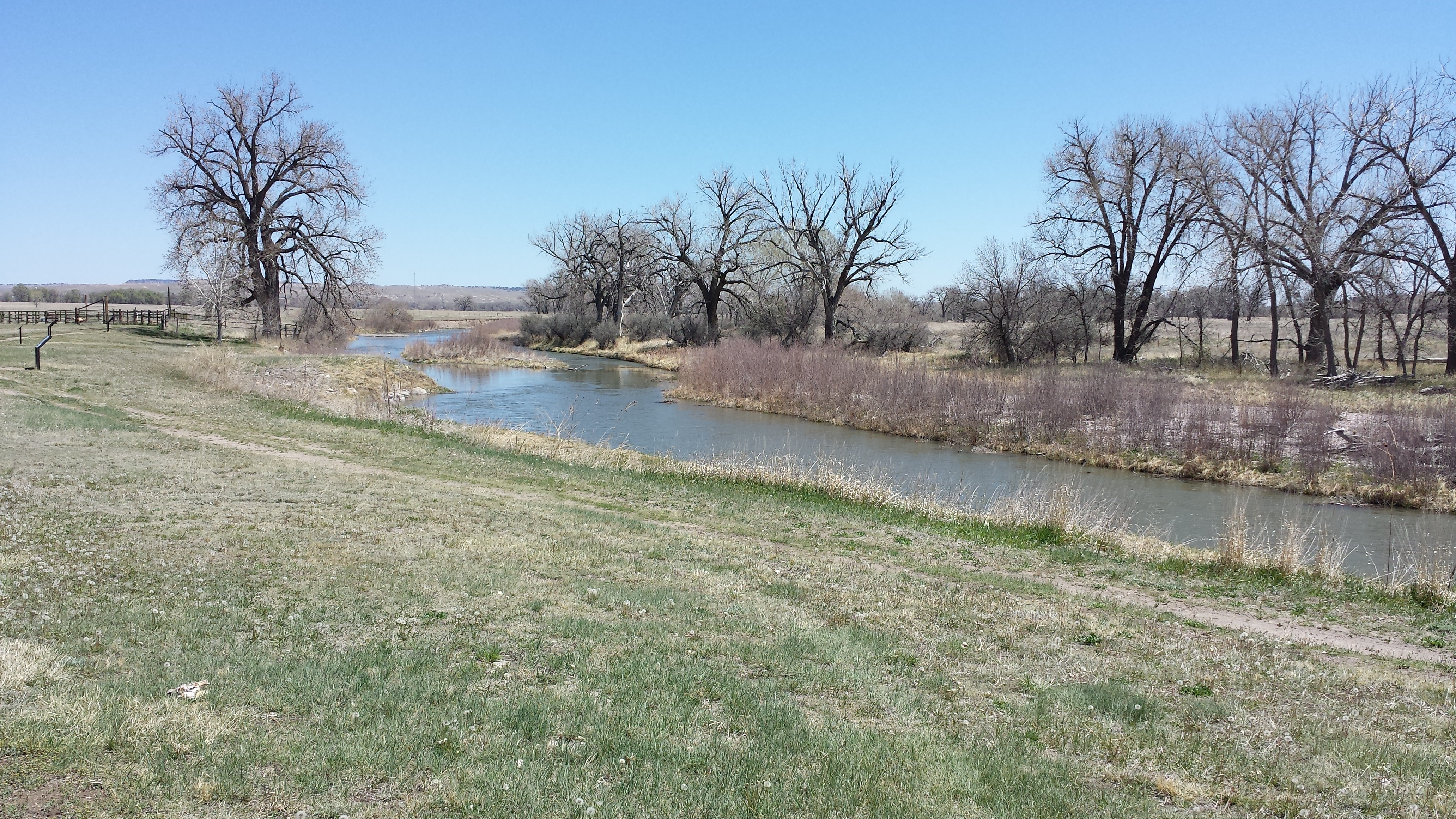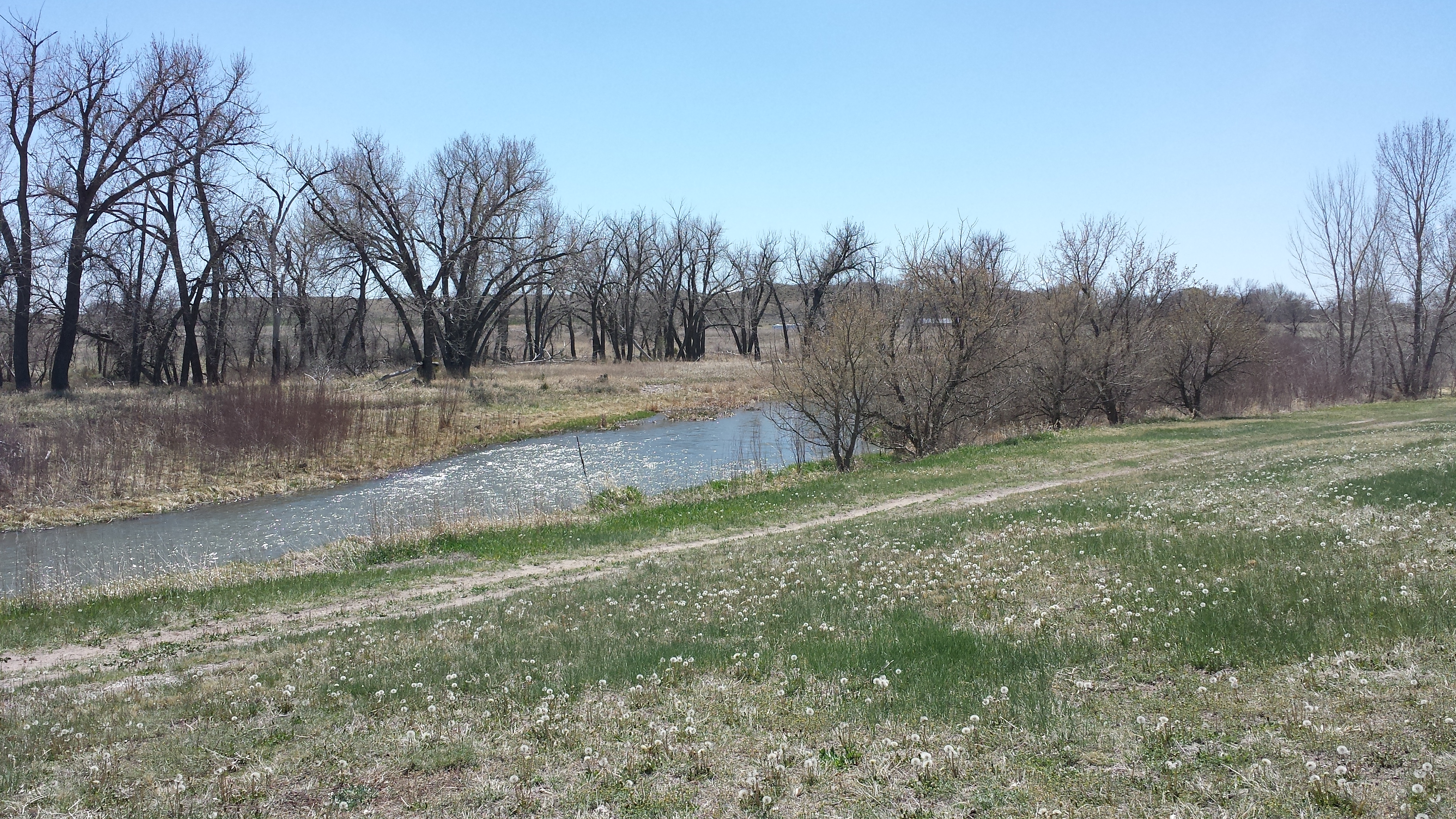On our recent drive from Washington State to Missouri, my husband and I detoured to Fort Laramie. We both wanted to see it, but for different reasons. My husband loves military history and was interested in understanding the strategic role Fort Laramie played on the Western frontier. I wanted to envision its role as a supply station on the Oregon Trail in 1847.

To some extent, both our purposes were realized. But because the fort changed significantly between 1847 and the current reconstruction of the fort (focused on what it looked like in 1888), my husband’s purpose was fulfilled more than mine. I didn’t find much that was useful for the novel I’m working on.
I’ve posted before about Fort Laramie. As I wrote in that post, in 1847 Fort Laramie was the first sign of civilization that emigrants to Oregon found after they left Kansas Territory. It was a trading post at that time and wasn’t acquired by the U.S. Army until 1849. After the Army bought it, the fort was rebuilt and served as a military post until 1890.
In fact, in 1847 Fort Laramie was known as Fort John, although I call it Fort Laramie in my novel to accommodate modern readers. It was owned by the American Fur Company. There had been an earlier post at the site called Fort William which originated in 1834 and supported fur traders.


Although the buildings weren’t much help to me, I was able to stroll the banks of the Laramie River and envision the emigrants crossing it. I could imagine their wagons and tents on the fields outside the fort.

And I was impressed with the reconstruction of the fort. The National Park Service has done a remarkable job of restoring Fort Laramie to its 1880s grandeur. Officers’ quarters, cavalry barracks, a guardhouse for disciplining wayward soldiers, and the magazine have all been rebuilt.
In addition, a film at the National Historic Site describes Fort Laramie’s role throughout the latter half of the 19th century. The fort was an important setting both for negotiating treaties with the Native Americans and also for defending emigrants and keeping the peace in the area.
After the fort closed as an Army post in 1890, the buildings were sold at auction, and the area opened to homesteading. It was acquired by the National Park Service in 1983—almost a century later. The ruins of buildings as yet unreconstructed show what a century of decay can do. Nothing lasts forever, not even a fort built to withstand a war.
The National Park Service’s site at Fort Laramie is worth a visit, particularly if you can be there on a gorgeous spring day like we were. You will learn a lot of history, if you aren’t as finicky as I am about focusing only on 1847.
What historic sites do you like to visit?



